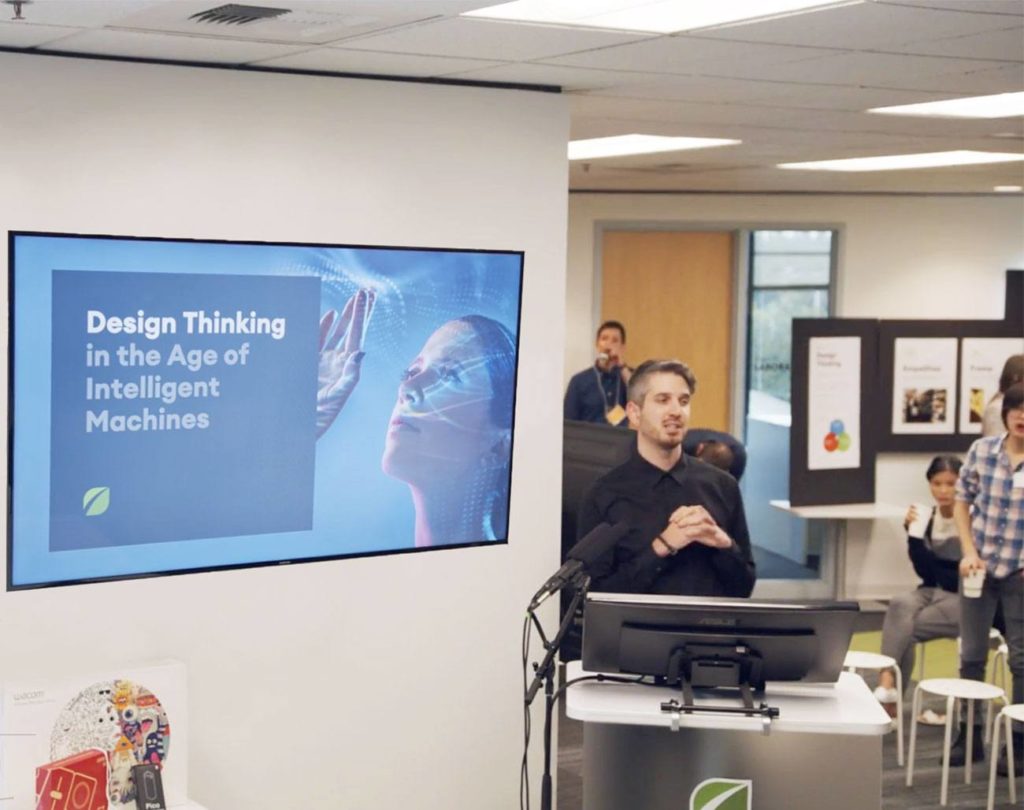Article
What is Human Augmentation?

Human augmentation is sometimes painted as extreme, futuristic tech, but the reality is that many forms of human augmentation are available today. If done correctly, augmentation has the potential to improve our health, entertainment, productivity, and overall quality of life.
A common definition of human augmentation is “technologies that enhance human productivity or capability, or that somehow add to the human body”. We would add that in order for something to be an augment, it must become so integrated into the user’s life that it becomes an extension of them. For instance, a hammer is only relevant when you need it and thus would not be an augment. But a sufficiently discreet exoskeleton could become as normal to your life as your ability to walk, and thus would be an augment. So, following this rule, a laptop would not be considered an augmentation, but a smartphone—and especially a mobile smartwatch—could easily be considered an augmentation. It’s almost always with (or on) you, and it augments your ability to access any information at any time.
In other words, for a technology to be considered an augmentation by our definition, it needs to be a persistent and intuitive part of the human experience on a moment-by-moment basis. A tool never becomes a part of your identity, but an augmentation almost surely has to. Eyeglasses, pacemakers, prosthetics, wearable devices, chip implants, and genetic modifications would all be examples of augmentations under this definition.

Types of Human Augmentation
Human augmentation can be further divided into three main categories with different functions:
Replicating human ability: Human augmentations that restore or replicate typical human abilities fall into the category of replication. This includes things like prosthetic limbs for the disabled, hearing aids for the deaf, and voice synthesizers for the mute.
Supplementing human ability: Human augmentations that improve our ability to do something fall under the category of supplementation. This includes devices that artificially increase our strength, enhance our sight beyond normal limits, or increase our intelligence.
Exceeding human ability: Human augmentations that allow us to do things that we cannot do on our own fall into the category of exceeding augmentation. This includes things like the ability to fly, breathe underwater, see ultraviolet or infrared light, and smell chemicals not currently detectable by the human olfactory sense.
Five Examples of Human Augmentation
Many parts of the human body can be augmented, but here are five examples that show some of the directions augmentation can take:
- EksoWorks creates exoskeletons for industrial and rehabilitation purposes. Their products are devices that users wear on their body (typically from the torso up) for artificial strength and endurance. These devices come in multiple variations for different tasks, to help users in areas like construction, auto manufacturing, and even physical therapy.
- SolarEar is a low-cost, solar-rechargeable hearing aid. It provides the hard of hearing and near-deaf with an affordable alternative to traditional hearing aids, bringing the technology into countries and regions that previously weren’t able to afford such devices.
- The Teslasuit is a wearable outfit that can control the wearer’s temperature, provide haptic feedback, and track the wearer’s movements. While this tech is currently being used for VR immersion, the ideas that have gone into its development can be translated easily into the realm of augmentation.
- Skylight, a platform by Upskill, has partnered with Google to create smart glasses for aviation engineers. The glasses aid in the tightening of B-nuts, which are a critical component of jet engines. These nuts have to be tightened perfectly or the engine could fail. The Skylight glasses can detect when a worker is tightening a B-nut, and they use a wi-fi connected torque wrench to determine when a B-nut has been tightened perfectly.
- Brain-Computer Interfaces (BCI) are interfaces that allow an individual to interact with a computer or machine using only their mind. While most of this technology is still conceptual, the possibilities are limitless. BCI is not just about sending information to a computer, but also allowing humans to receive new types of information from their computers in return. Computers may one day be able to digitally replicate aspects of the human experience, allowing individuals to experience software through all of their five senses.









